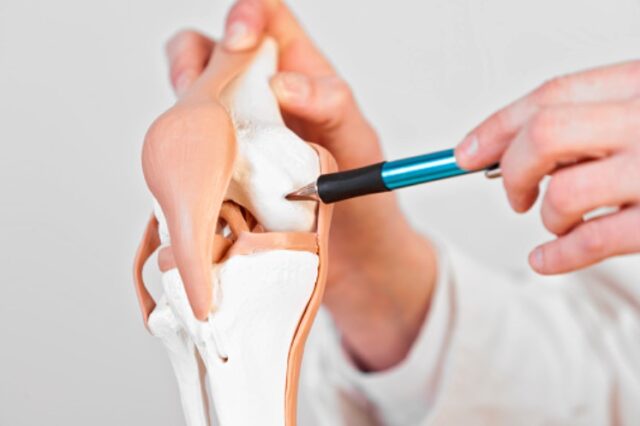Cartilage is a type of connective tissue that covers the end of your bones and provides cushioning, allowing for smooth movement. Because cartilage does not contain any blood vessels or nerves, it cannot heal itself once damaged. To successfully treat a cartilage injury, the damage must be repaired by other means such as surgery. This blog talks about cartilage and cartilage healing.
What is Cartilage?
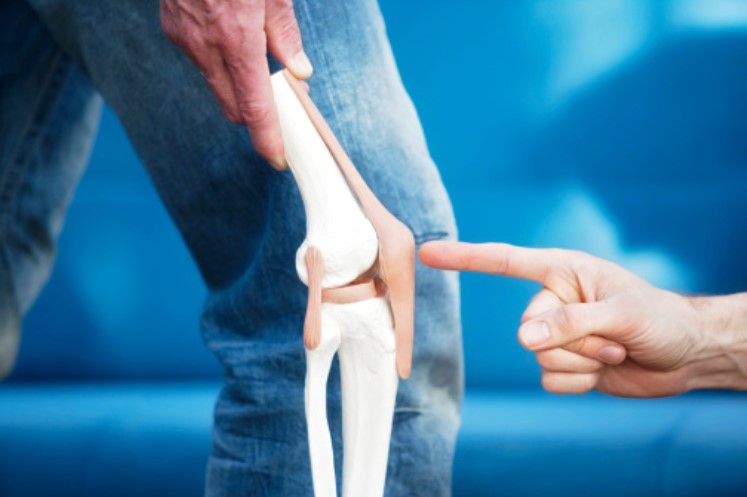
Cartilage is the rubbery tissue that covers the ends of your bones. There are three types of cartilage in your body: hyaline, elastic, and fibrocartilage. Each type has different properties.
Hyaline cartilage is most common and is found in all but a few places in your body, including your nose, larynx, trachea, and your ear. Elastic cartilage is found in the outer part of your ears, ribs, the epiglottis, parts of your nose, and intervertebral discs. Fibrocartilage can be found almost everywhere else, including the joint surfaces of bones, joint capsules, and at points of attachment for ligaments.
Cartilage is made up of cells, collagen, and water. It contains no blood vessels or nerves. It acts as a shock absorber to prevent bones from rubbing together. You can feel its rubbery texture when you touch the earlobe that it covers. Most areas in your body with cartilage are flat, but under stress, they bend and compress.
Why Doesn’t Cartilage Heal?
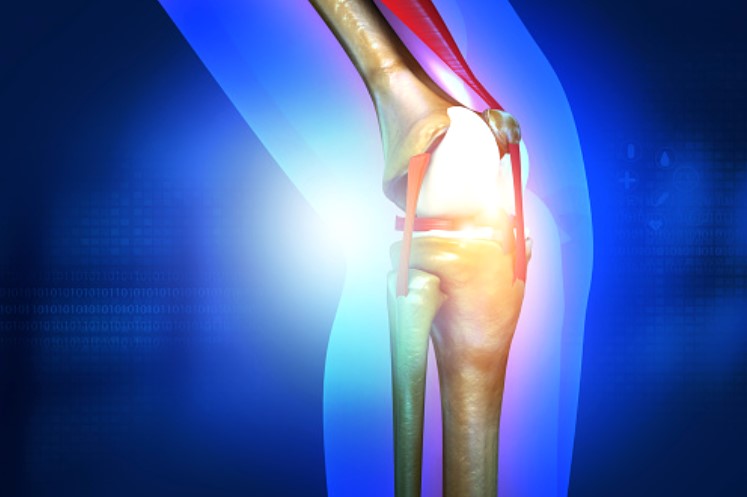
Cartilage has no vascular or nerve supply, so it’s at risk of dying when injured. When cartilage is injured, the concentration of oxygen in the tissue is decreased, which leads to cell death. With an injury like this, there’s no way for the cartilage to heal on its own since it doesn’t have any blood or nutrient supply. Because of this, it’s essential to protect cartilage from further damage after an injury.
Cartilage repair is only possible through surgery since the tissue doesn’t heal on its own. Two types of surgeries can be performed: microfracture and artificial cartilage. Microfracture surgery involves creating small holes in the bone to encourage blood supply to repair your damaged cartilage. Artificial cartilage is made using tissues including skin, fat, and other materials while following a specific procedure to act like normal cartilage.
There is a lack of complete understanding of cartilage healing. Although there have been studies on cartilage cells and tissue, there is no specific research on how cartilage cells reproduce or the role that stem cells play in this process. Some studies show that new cartilage growth may be possible through the involvement of bone marrow progenitor cells.
One method proposed to help heal cartilage is the use of platelet-rich plasma (PRP). When blood is drawn, it is centrifuged at high speeds. The cell components are separated from the serum and placed into a syringe with an enzyme called ADP. This combination helps the blood to clot quickly, which is necessary to isolate the platelets. PRP contains growth factors that stimulate the production of collagen and cartilage.
Other researchers are looking into transforming adult cells (fibroblasts) into embryonic stem-like cells (induced pluripotent stem cells). These induced pluripotent stem cells can then be made into cartilage cells using a strategy to develop further into tissue.
Does Cartilage Repair Itself?
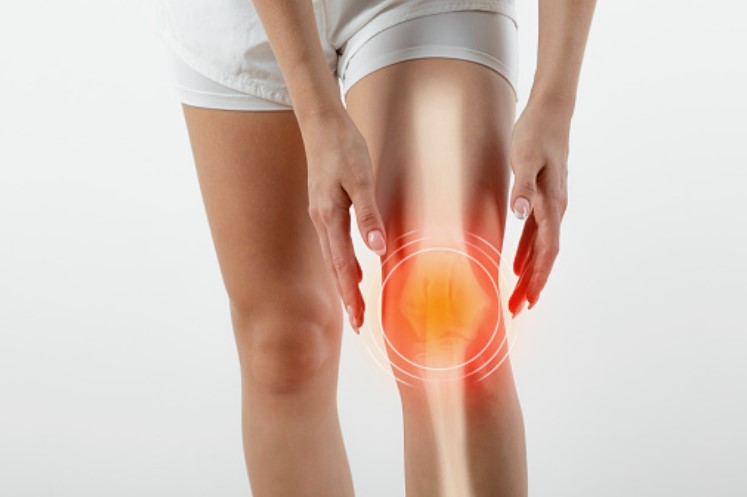
The answer to this question depends on the type of cartilage. In some instances, there is evidence suggesting that certain parts of the ears and knee can recover from injuries by themselves through auto-repair.
After an injury, chondrocytes quickly adhere to one another and begin repairing damaged tissue within 24 hours. This is known as granulation tissue. The cartilage cells that are formed through this repair process regenerate the overlying cartilage, but not perfectly. Over time, these new cell layers separate from the original tissue and form a thin, fibrous membrane between themselves and the injury site.
In other instances of cartilage damage, there is little to no evidence to suggest that this type of injury is self-repairing. One reason for this is that the cells surrounding the cartilage cannot communicate with each other or produce enough enzymes needed in the repair process.
New therapies may be developed to help reduce some of these problems by using adult stem cells, proteins, and growth factors. These will allow for a better understanding of cartilage repair to aid in improving treatment options.
Common Treatments for Joint Injuries
Joint injuries such as cartilage tears and meniscus tears can be treated with these standard methods.
1. Arthroscopy

Arthroscopy involves inserting a small camera into your joint via a tiny incision in your skin. During the surgery, the doctor will insert instruments to work on the injured area, including cleaning and repairing damaged cartilage or removing damaged tissue. The recovery time is around six weeks, and the success rate is approximately 85%.
The downside to arthroscopy is that it can only be used for small cartilage tears in areas that are easy to reach through an incision, such as meniscus or knee cartilage tears, not hip cartilage tears.
2. Methylprednisolone Injection
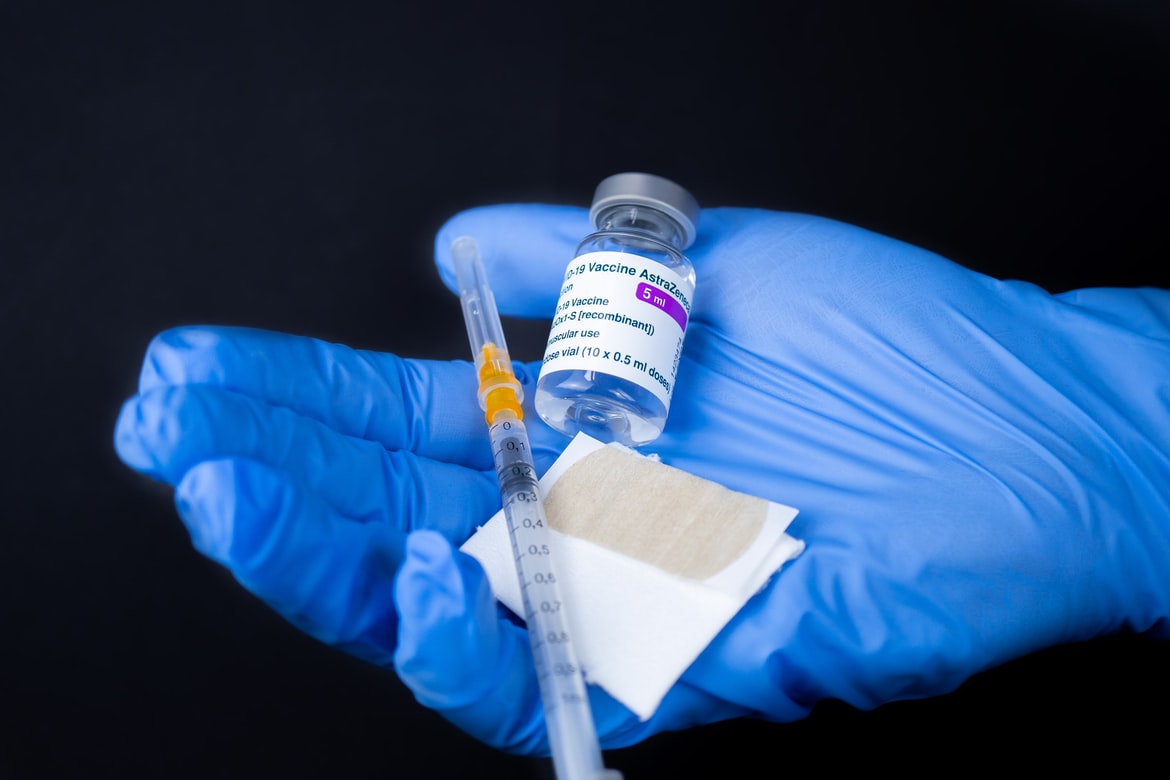
This is an injection of steroids directly into the injured area. It reduces inflammation and helps to speed recovery time. However, the risk of steroids’ side effects on your body is just as serious as cartilage tissue damage itself. This method should not be used for longer than six weeks without consulting a doctor since it could cause further damage to the damaged tissue.
3. Nonsurgical Treatment of Cartilage Tears
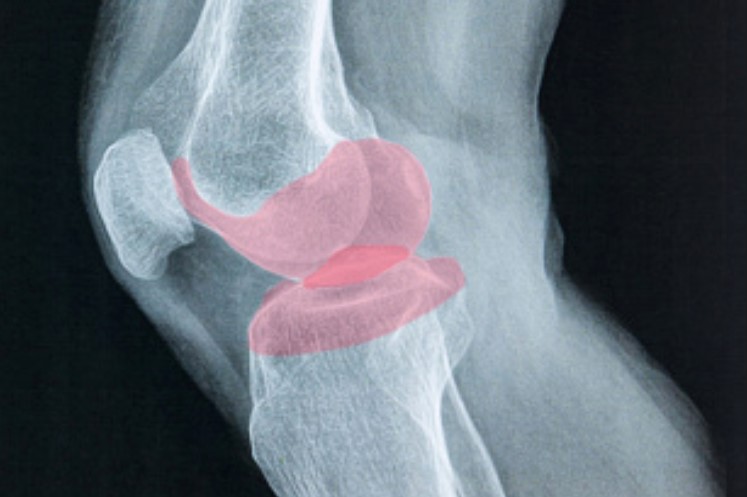
Treatment for small cartilage tears can be initiated within six weeks of the initial injury without undergoing invasive surgery. This treatment includes physical therapy and medication, but many different nonsurgical treatments depend on where your injury is located.
4. Meniscus tears
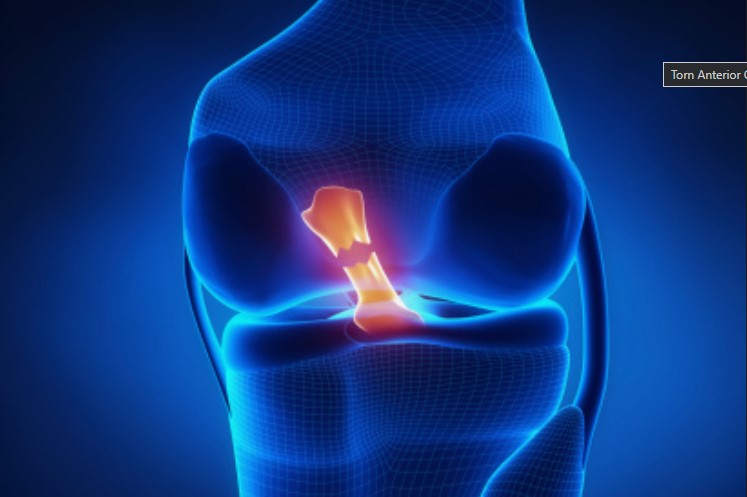
This is a combination of cryotherapy and physical therapy. Your doctor will likely recommend a meniscectomy only after conservative measures have been ruled out. Meniscectomy is the removal of your damaged tissue, which can be performed through arthroscopy or open surgery. You will usually need 4-6 weeks of rehabilitation before you can return to most activities.
5. Arthroscopic Microfracture Surgery
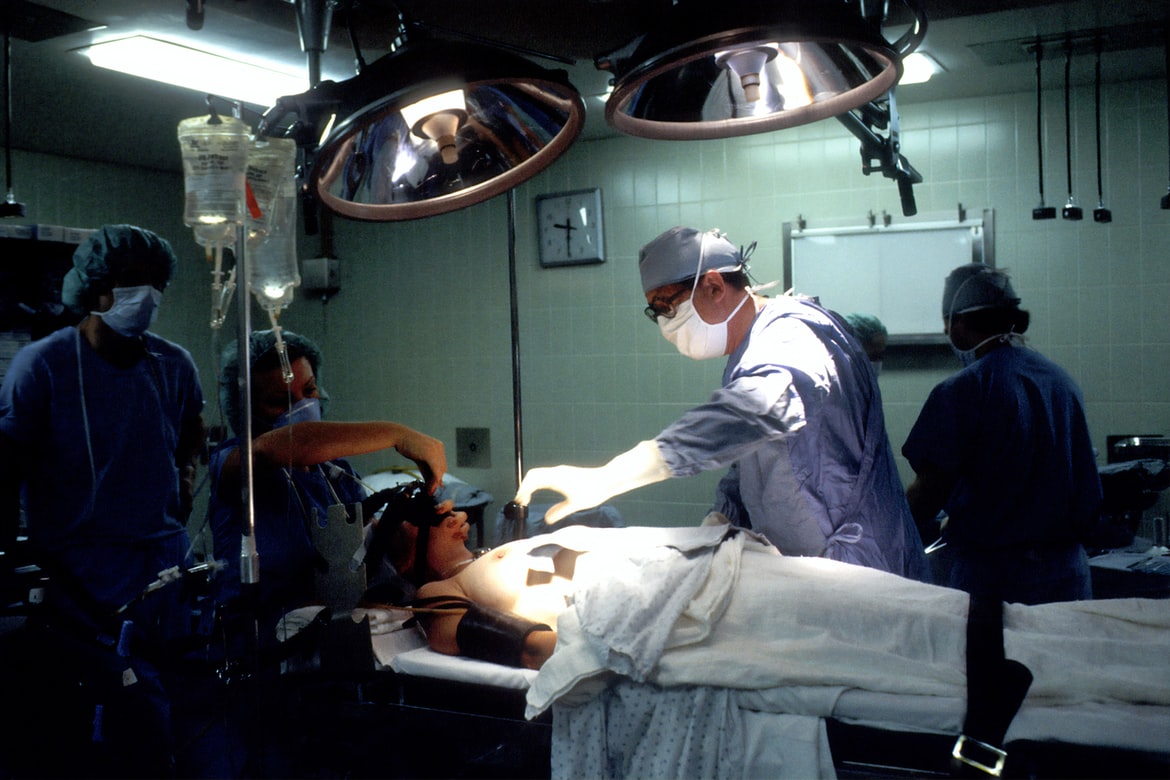
This type of surgery uses a surgical drill to create tiny holes in your bone. These holes promote the development of new blood vessels, which stimulate good bone marrow and good cartilage growth. Over time, this can help repair damaged cartilage. The recovery time is around six weeks, and success rates are around 70-80%.
6. Osteotomy

Osteotomy means that the doctor will realign your leg to restore proper alignment. If you have damaged cartilage in your hip joint, this could be an ideal treatment option since you have damage to one part of a joint; it can affect other parts of the joint. This surgery doesn’t require cutting but rather repositioning your bones to make room for healthy cartilage to grow. The recovery time is around six months, and the success rate is 50-70%.
7. Replacement Surgery
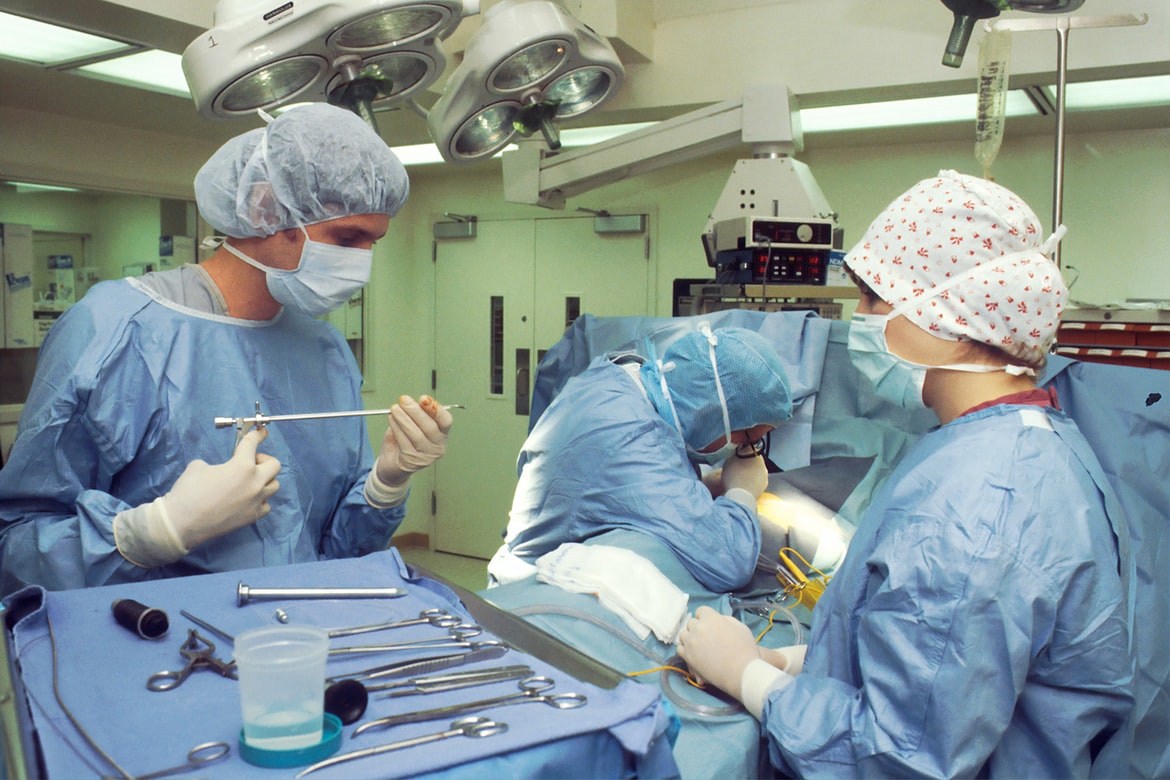
This type of surgery involves replacing your damaged tissue with artificial joints or tissues. For example, if you have a meniscus tear (cartilage tear in the knee) and it hasn’t healed properly, then your doctor may recommend replacement surgery. This is usually an option for younger patients whose injuries are more severe. The recovery time is around six months, and the success rate is 50-70%.
When you have torn cartilage, your body will try to repair it naturally by using scar tissue. However, when scar tissue replaces healthy cartilage in your joints, it’s typically less effective at cushioning impact, which could lead to further damage to the surrounding structures of your joint. These structures include bones, ligaments, muscles, tendons.
Your cartilage is a tough, flexible tissue that acts as a cushion between your bones. Cartilage doesn’t heal well because it lacks blood vessels and lymphatic drainage to help the healing process.

